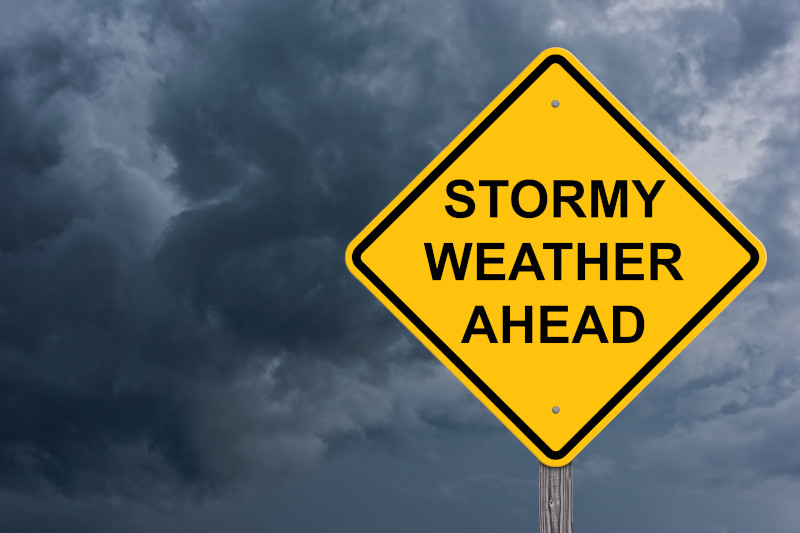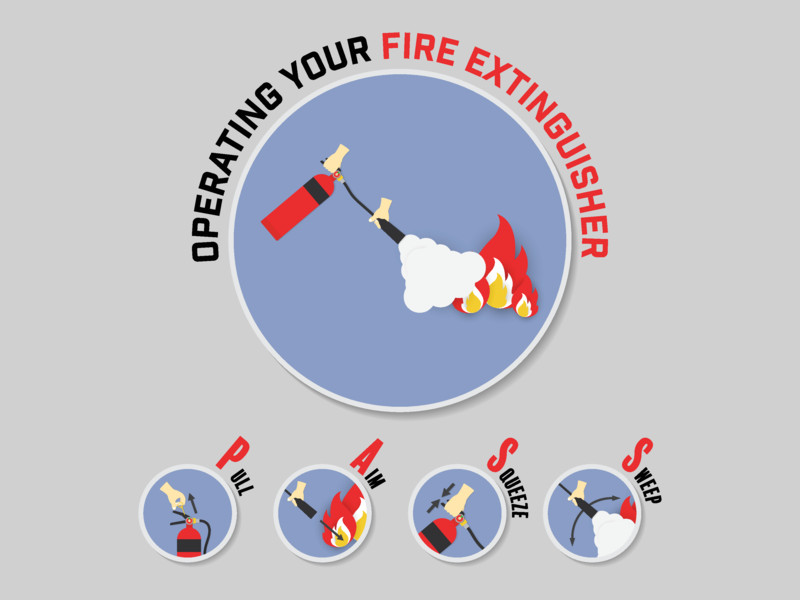Get ready for bad weather

This week is Severe Weather Preparedness Week, so it’s a good time to assess whether your school district is prepared for bad weather—including floods and heavy rains.
According to the National Safety Council and the Federal Emergency Management Agency (FEMA), flooding is the most common natural weather event in the United States. What’s more, some schools may have been built in areas more prone to flooding because the land was less expensive.
This means you need to be ready when the rain comes.
Protect your people
Perhaps the most important thing for schools to remember is that your students are your top priority. Just as you prepare your staff members for fires and other incidents, you should also communicate with them where they should bring their students in case of flooding. In situations like this, staff members must be able to communicate with each other, so that should be part of your emergency plan, too.
If evacuation becomes necessary, staff members should have a clear understanding of which students they are responsible for, and where they should meet off-site.
Routine maintenance and building inspections
The first step in being prepared is inspecting the building envelope and conducting preventative roof maintenance to prevent water migrating inside your building. You should clear roof and storm drains on a regular basis and verify sump pumps are operational in areas vulnerable to flooding.
During the winter, evaluate whether standing water freezes, especially in low-lying areas. If so, those areas are in danger of flooding if you experience torrential downpours.
When severe weather is occurring, periodically check the building for signs of water intrusion and monitor emergency notification systems for flash floods, flood watches and flood warnings.
Utility modifications during severe weather
Floodwater can damage almost anything, but your building’s utilities and mechanical systems are particularly vulnerable to its effects. If you are experiencing heavy rainfall, take these steps to protect the parts of your building that allow you to function:
- Relocate vulnerable utility installations to an area at least two feet above the flood protection elevation for your property where possible.
- Elevate HVAC equipment to prevent the inflow of floodwater.
- Elevate electrical panels, backup generators, transformers and electrical control equipment in vulnerable areas. Ensure these control panels can be safely accessed and shut down before floodwaters can affect the property.
- Elevate boilers, heat pumps and furnaces on platforms to avoid flood damage, and provide sump pumps to remove water within mechanical rooms.
- Install backflow preventers in sewer lines and inspect these devices on an annual basis.
Check out our other resources to learn more about severe weather preparedness for your school.




